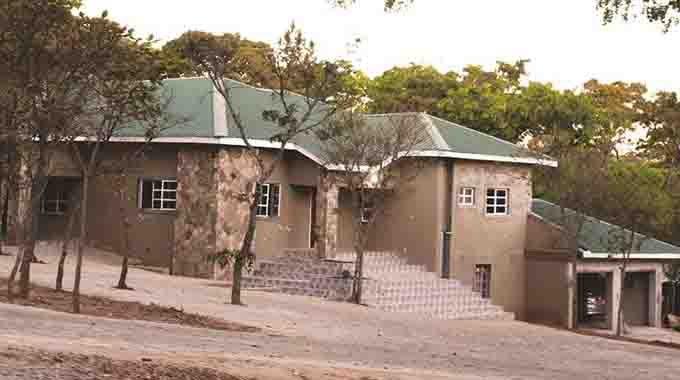Farmers in value addition drive

Sukulwenkosi Dube-Matutu
Bulawayo Bureau
FARMERS at Artherstone Irrigation Scheme in Insiza have established a mill where they are producing maize meal and selling it to surrounding communities.
The farmers are also producing lucerne fodder which they intend to process in the same West Nicholson mill but of a different type and sell to cattle farmers across the country.
Artherstone irrigation scheme is one of the large scale producers of fodder in Matabeleland South. The irrigation scheme which had been lying idle for about a decade was recently revived after local farmers partnered with farmers based in Cape Town.
The investor came in with resources and equipment. The scheme has 50 hectares of land under irrigation.
The farmers are operating under the trade name CapeZim.
One of the farmers operating at the scheme Mr Zenzo Jele said they started milling maize in May. He said at the moment they were producing 10kg bags of maize meal.
Four people had been employed to operate the mill.
“As farmers operating at Artherstone irrigation scheme we have expanded our operations and we are now milling mealie meal that we are producing at the irrigation scheme. We started milling in May at our milling plant at West Nicholson business centre. Our partner CapeZim assisted us with milling machines. For mealie meal we have two machines,” he said.
Mr Jele added: “We also have three machines at the plant which we will soon use to process lucerne. We are processing 10kg bags of mealie meal per day which we are selling to community members and also business people in the area. We will soon be introducing 20kg and 50kg bags as well.”
They were relieved that the irrigation scheme was now functional and they hoped to increase the area under irrigation.
“We have 800 hectares of irrigable land at the scheme and all along we have been failing to fully use the land because of resource constraints. We were farming on a small portion of land mainly for our families to eat and not for business purposes. Our operations have now gained momentum and we want to ensure that we irrigate as much land as possible,” said Mr Jele.
Plans were underway to introduce more crops as the farmers and investor expanded the hectarage at the farm.
Another farmer operating at the irrigation scheme, Mr Malachi Nkomo, said he was excited about the opportunities which have been presented by the partnership with CapeZim.
Mr Nkomo expressed gratitude to the Government for affording indigenous people an opportunity to become productive through programmes such as land reform.
The irrigation scheme, which is mainly focusing on fodder production, has 25 hectares under lucerne.
Fodder production has been identified as one of the major ways to boost the national herd as it will help ensure that farmers have access to highly nutritive stock feed at affordable costs. Lucerne is a resilient perennial legume that is grown for grazing and hay forage in many countries around the world. It is high in protein which makes it ideal for stock feed. It is planted once in seven years and during the course of the time farmers will be just harvesting it.
President Mnangagwa launched the Presidential Livestock Scheme as part of efforts to grow the livestock sub-sector. Under the scheme farmers are receiving legume seeds, fertilisers and forage sorghum among other inputs.
The scheme falls under the Livestock Growth Plan, which is part of the Agriculture and Food Systems Transformation Strategy that is expected to turn agriculture into an US$8,2 billion industry by 2025 and contributes towards the achievement of Vision 2030.







Comments